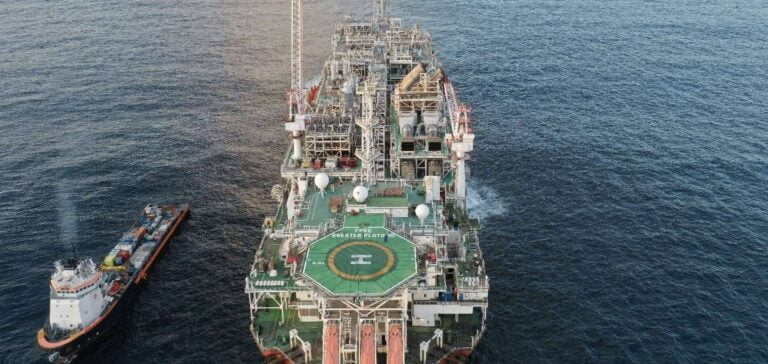In Angola, BP inaugurates the Platina offshore oil field.
Good news for a country facing declining production.
Angola to produce an additional 40,000 barrels per day
The four-well deepwater site is expected to produce between 30,000 and 40,000 barrels per day.
Reserves are estimated at over 44 million barrels of oil.
This is a relief for Angola, which is attempting to reverse the decline in its crude oil production.
The start-up of the oil field was severely slowed by the Covid-19 pandemic.
Drilling suspended until November 2021.
The Angolan Minister of Mining, Oil and Gas, Diamantino Azevedo, is hoping for the launch of new projects.
The difficult post-pandemic recovery
This is Angola’s third oil site to open in seven months.
Eni previously opened a 10,000-barrel-per-day site in Cuica.
As for TotalEnergies, the major launched a site producing up to 40,000 barrels a day in Zinia.
The Ministry of Mining Resources has stated that these new sites should help Angola to stabilize its production.
The aim is to maintain production at at least 1.3 million barrels per day over the next three years.
Angola saw its production fall sharply at the start of 2021.
Until then Africa’s second-largest oil producer, the country’s production fell to its lowest level for 17 years.
Due to technical problems and a lack of investment, production has stagnated at 1.1 million barrels per day.
The Covid-19 pandemic weighed heavily on Angola’s exports.
However, business gradually resumed in 2021.
The country, which produces fairly heavy crude oil, is one of China’s traditional suppliers.






















